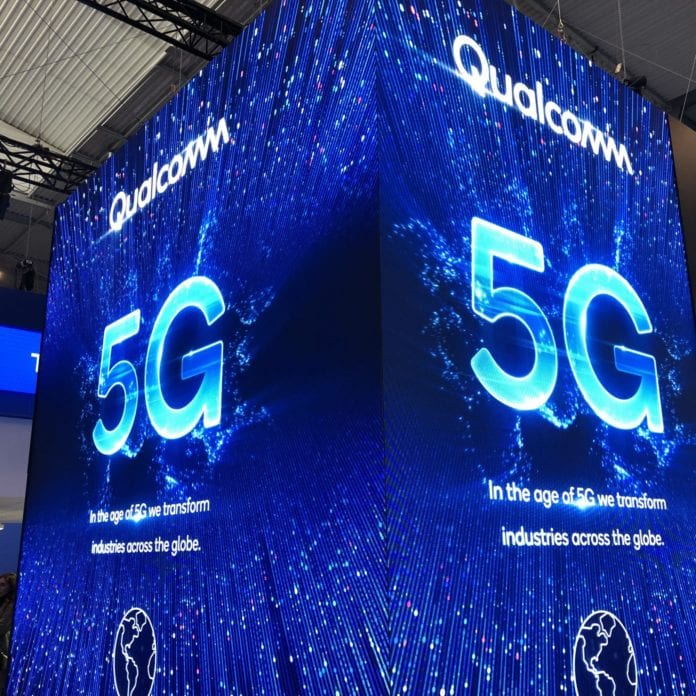Last week’s remarkable decision of the United States Court of Appeals for the Ninth Circuit (appellate court) consisting of three judges, finally brings some common sense into FTC’s bizarre antitrust case against Qualcomm. The appellate court granted Qualcomm’s request to stay the United States District Court for the Northern District of California’s (lower court) ruling, which had far-reaching implications for the entire U.S. patent regimen.
Side note: If you are new to the subject would like to understand the background, please read my previous articles here, here, here, here and here.
What did the appellate court say?
The court order must have sounded like music to Qualcomm’s ears. Even they could not have written it better! Don’t be confused by the title of the court order which says “partial stay,” Qualcomm actually got all of what it requested, and then some. The tone, the language, the arguments, the selection of phrases and words, the precedence cited, the direct denunciation of the lower court’s decision, everything screams a thumping Qualcomm victory.
First, it says that the application of the Sherman Act (antitrust law) to the case is not accurate, as private businesses have discretion on who they deal with. That means, Qualcomm is free to license its Standard Essential Patents (SEPs) to whomever they choose — effectively negating the lower court’s order of mandatorily licensing of SEPs to rival chipmakers on exhaustive basis.
Second, it acknowledges that there is a stark difference of opinion between two governmental agencies tasked with enforcement of antitrust laws— FTC and Department of Justice (DOJ). This is in complete contrast to the lower court’s abject disregard for DOJ’s request to conduct additional briefings before imposing remedies, and be considerate about the effects of broad and far-reaching remedies that alter market dynamics and jeopardize national security.
Third, it clearly states that the appellate court is satisfied with Qualcomm’s argument that its practice of licensing only to devices OEMs and charging royalties at the device level doesn’t violate any antitrust laws. This is again the opposite of one of the key rulings of the lower court. The appellate court goes on to even mention the extraordinary step taken by the sitting FTC commissioner— Maureen K Ohlhausen, publically expressing her dissent to the theory urged in the complaint and adopted by the lower court.
Fourth, it says that it also agrees with Qualcomm’s strong argument that implementing the lower court ruling, before the appeal decision, will do irreparable harm to its business. This was one of the easiest things to understand and realize to anybody even with a hint of knowledge of the licensing and wireless business. The lower court’s complete disregard for such logical reasoning was appalling to the keen observers of this case like me.
Finally, the appellate court concludes that the difference of opinion between FTC and all the other relevant government agencies, including DOJ, Department of Defense, and Department of Energy, warrants the stay be granted. It further points out that these government agencies have opined that the lower court’s adverse action against Qualcomm threatens national security and “has the effect of harming rather than benefiting consumers.”
If you feel like you have heard these arguments before, you are right. These are the same arguments I put forward in my previous articles here, here, here, here and here.
What’s next?
The biggest kicker in the appellate court’s order is its ridicule of the lower court’s order as “.. a trailblazing application of the antitrust laws or instead of an improper excursion beyond the outer limits of the Sherman Act..”
To be sure, the lower courts are supposed to implement the law based on precedence, and not be a trailblazer!
Further, the appeal hearing is scheduled for Jan 2020, much quicker than usual timelines. The tone of the appellate court order, the decisive and unambiguous way in which the panel has struck down all the major aspects lower court’s assertions, strongly suggests that the overturn of its ruling is imminent. The urgency in scheduling the appeal hearing also indicates the importance appellate court imparts to this case. Qualcomm filed its long opening brief to the court on Aug 24th,2019.
Final thoughts
This appellate court decision was longtime coming. Actually, the whole trial was a series of bizarre turns of events. From the judge arbitrarily limiting the evidence period to March 2018, excluding the pertinent evidence thereafter, to strange explanation for summarily discounting defendant’s in-court live testimony, because the judge felt that the witnesses looked “prepared” to using an extremely narrowly defined potential violation for an extremely broad and industry-altering remedy and so on. But fortunately the saner senses have finally prevailed, and justice is being served the right way, albeit delayed. Now all the eyes are on the Jan 2020 hearings.

